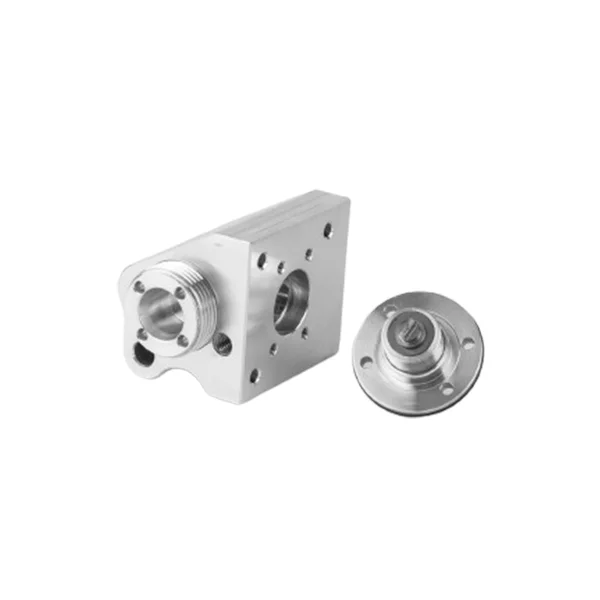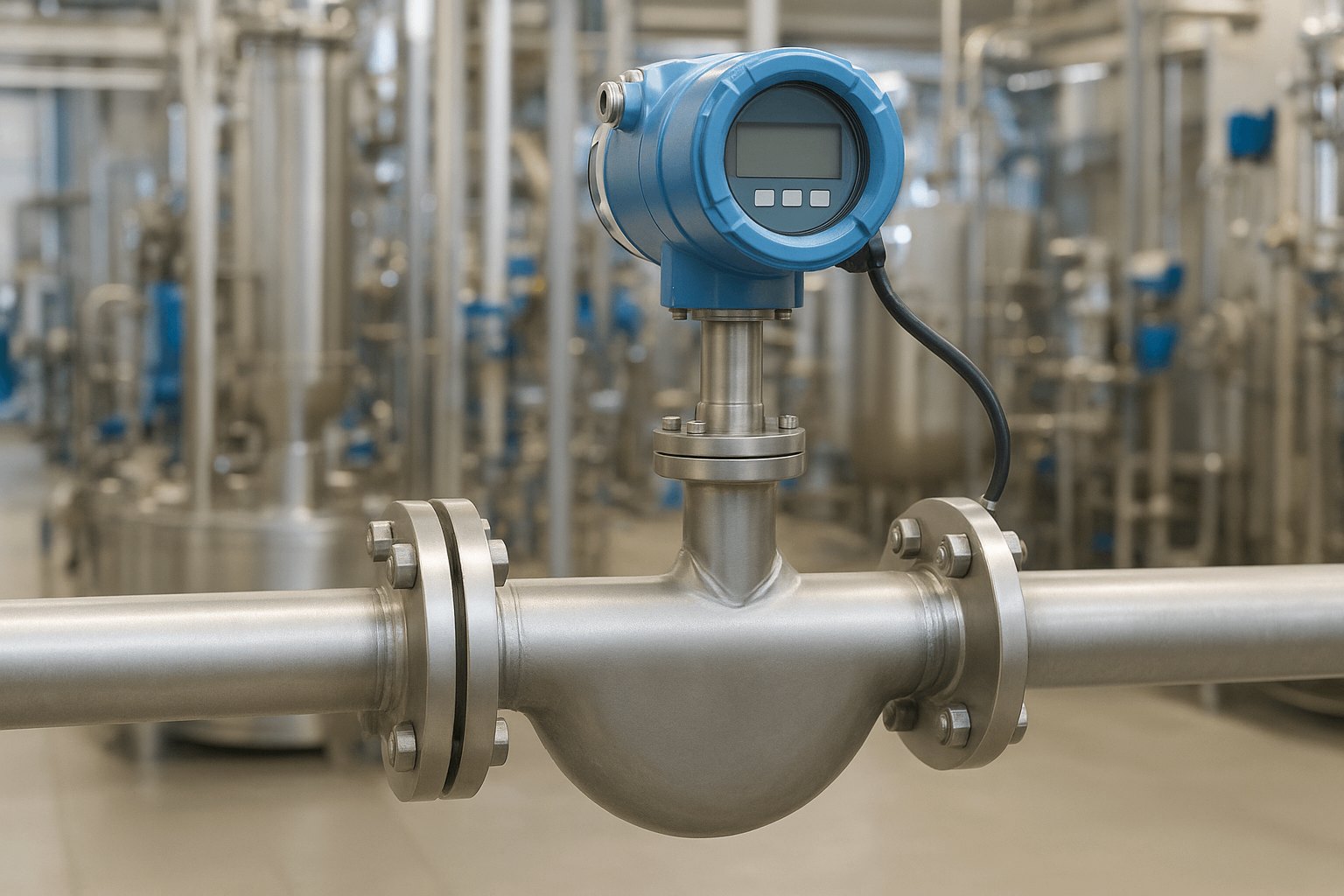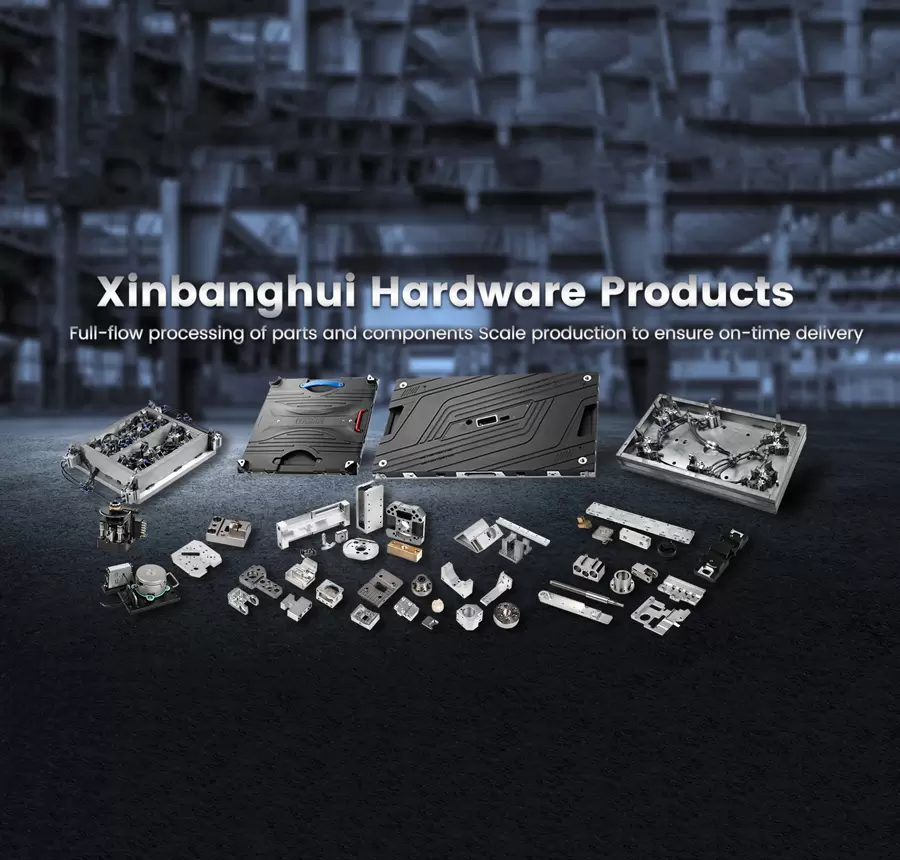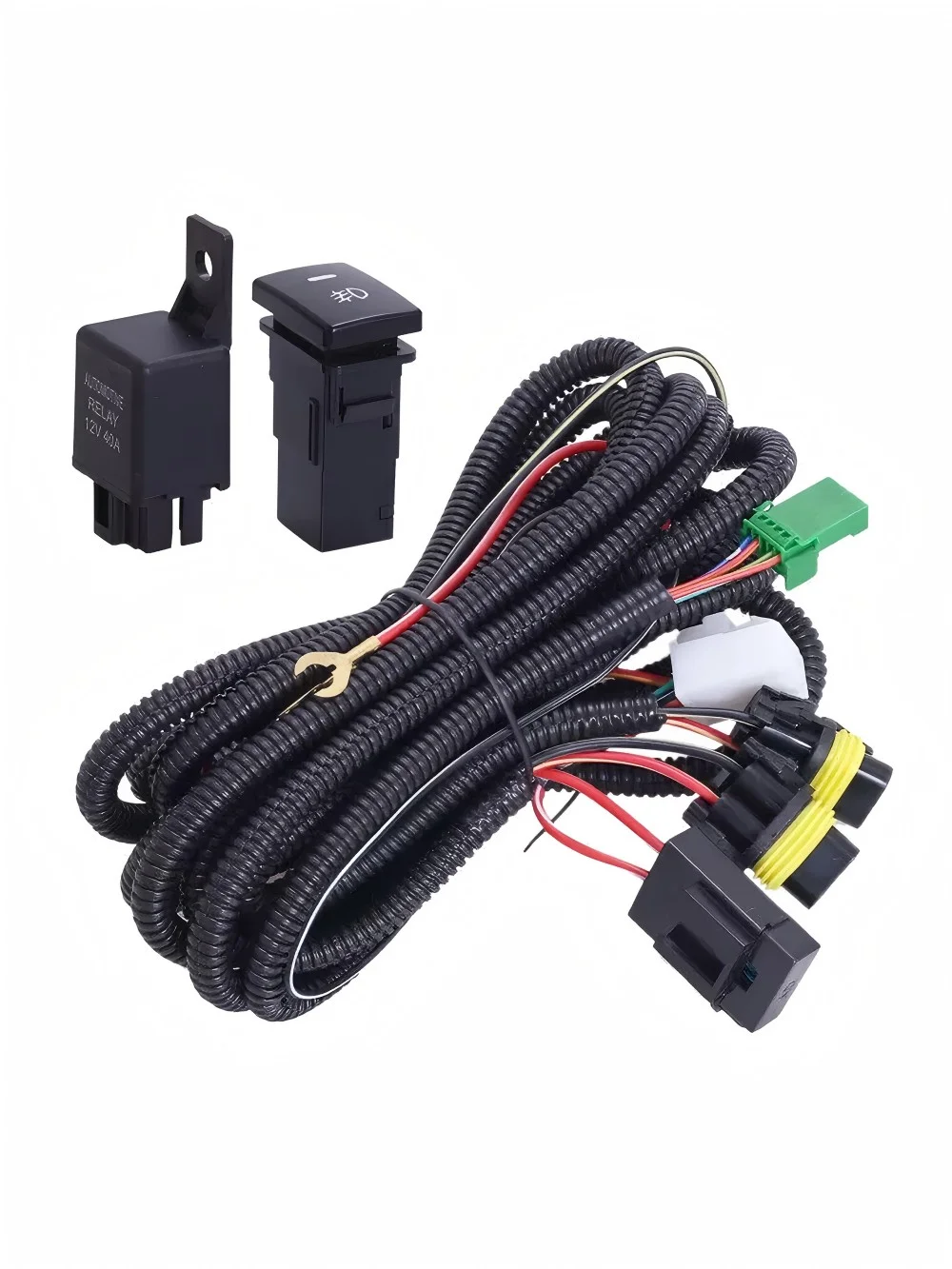Precision Automotive Air Conditioning Compressor Parts Machining
As the automotive industry continues to evolve toward greater energy efficiency, performance, and driver comfort, the importance of climate control systems—especially air conditioning—cannot be overstated. At the heart of these systems lies the air conditioning compressor, a complex component tasked with circulating refrigerant and enabling effective heat exchange. To ensure its reliability and performance under harsh operating conditions, automotive air conditioning compressor parts require high precision machining—a discipline that is critical to both the functionality and longevity of the entire climate control system. In this blog post, as a professional auto parts CNC machining service exporter, Okin will share the importance of precision automotive air conditioning compressor parts machining.
Understanding the Functionality of Automotive AC Compressors
Automotive air conditioning compressors operate as the system’s power unit, compressing low-pressure refrigerant gas into high-pressure gas before it passes through the condenser. This process enables efficient heat dissipation and eventual cooling within the vehicle cabin. The compressor must operate continuously under varying loads, temperatures, and pressures, which places enormous mechanical and thermal demands on its internal parts.
Key components include the crankshaft, cylinder block, pistons, valve plates, connecting rods, swash plates (in variable displacement compressors), and bearing systems. Each of these parts has critical tolerances and complex geometries that must be consistently maintained during manufacturing.
Importance of Automotive Air Conditioning Compressor Parts Machining
High precision machining is a manufacturing methodology that emphasizes tolerances in the micrometer range (often ±0.001 mm), surface finish quality, and dimensional stability. This level of precision is essential for automotive air conditioning compressor parts due to several factors:
-
Tight Tolerances for Gas Sealing
Compressor components must maintain tight sealing to prevent refrigerant leakage and maintain compression efficiency. Valve plates and piston-cylinder interfaces, in particular, require precision grinding and honing to achieve flatness and surface finishes that support effective sealing. -
Dimensional Consistency for Dynamic Balance
The crankshaft, pistons, and rotating components must be precisely balanced to minimize vibrations and noise. Unbalanced parts can lead to excessive wear, reduced efficiency, and even failure. Precision CNC machining ensures uniformity across production batches. -
Durability Under High Stress
Compressor parts are subjected to cyclical mechanical loads and high-speed operations. Components such as the swash plate and bearings must be manufactured with high structural integrity and consistent surface treatment to resist fatigue and wear. -
Thermal Stability and Fitment
Automotive compressors often operate near engine compartments, exposing them to elevated temperatures. Machining accuracy ensures that thermal expansion does not lead to clearance issues or component interference.

Automotive Air Conditioning Compressor Parts Precision Machining Technologies and Techniques
The manufacturing of automotive air conditioning compressor parts via high precision machining incorporates advanced equipment and methodologies. Some of the most common include:
-
Multi-Axis CNC Machining
5-axis CNC machining enables the creation of intricate geometries in a single setup, enhancing accuracy and reducing repositioning errors. Components such as swash plates and eccentric crankshafts benefit greatly from this capability. -
High-Speed Milling and Turning
High-speed spindle technology combined with rigid cutting tools allows for rapid yet highly accurate material removal on aluminum alloys, cast iron, and specialty steels used in compressor parts. -
Grinding and Superfinishing
Precision grinding is employed to achieve micron-level surface finishes on mating surfaces such as pistons and cylinders. Superfinishing processes like lapping and honing further enhance wear resistance and performance. -
Coordinate Measuring Machines (CMM)
Dimensional inspection using CMMs ensures that manufactured parts remain within critical tolerances. This is especially important in batch production for OEM and aftermarket components. -
Heat Treatment and Cryogenic Processing
Some parts, such as crankshafts and connecting rods, undergo heat treatment or cryogenic processing post-machining to improve hardness and dimensional stability, further contributing to long-term durability.
Materials Considerations in High Precision Compressor Components
Material selection plays a critical role in the machining process. Common materials for compressor parts include:
-
Aluminum Alloys: Lightweight and corrosion-resistant, ideal for pistons and housing components.
-
Alloy Steels: Used for crankshafts and rods due to their high tensile strength and machinability.
-
Sintered Metals: Often used in complex valve plates and seals, providing good wear resistance and dimensional control.
-
Composite Materials: Emerging in high-efficiency designs for swash plates and dynamic seals.
These materials often require tailored machining strategies to control tool wear, maintain tolerances, and ensure repeatable production outcomes.
Automotive Air Conditioning Compressor Parts Quality Assurance and Compliance Standards
In an industry with zero tolerance for failure, the production of automotive air conditioning compressor parts via high precision machining must comply with global quality standards such as ISO/TS 16949 and IATF 16949. These standards mandate strict process controls, traceability, and continuous improvement.
Advanced statistical process control (SPC) systems, in-line metrology, and real-time production monitoring help ensure consistency and reduce defect rates in high-volume manufacturing environments.
Conclusion
The role of automotive air conditioning compressor parts high precision machining is central to the evolution of modern automotive climate systems. As vehicles become increasingly complex—featuring electric compressors in EVs and advanced thermal management modules—the demand for ultra-precise, durable, and reliable components is only set to grow.
High precision machining not only enhances the performance and efficiency of compressors but also contributes to broader goals such as reduced emissions, quieter cabin environments, and extended service intervals. For automotive manufacturers and tier-one suppliers, investing in cutting-edge machining capabilities is no longer optional—it’s a competitive imperative.
www.okinmachining.com
Okin





